#west mesa
Explore tagged Tumblr posts
Text

Bovine figure of the day: Wild West C.O.W.-Boys of Moo Mesa "Iron Horse"
57 notes
·
View notes
Text

26 notes
·
View notes
Text

JuFly day 5 - High Noon
-
Discord | Patreon | Art Prints
289 notes
·
View notes
Text


Bovine figure of the day: The Nacelle Company "Cowlamity Kate Cudster"
#the nacelle company#wild west c.o.w.-boys of moo mesa#bovine figure of the day#cattle#generic cattle#wishlist#my wife!!!
27 notes
·
View notes
Text
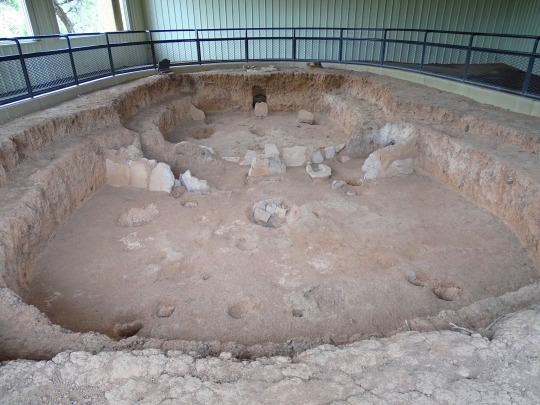
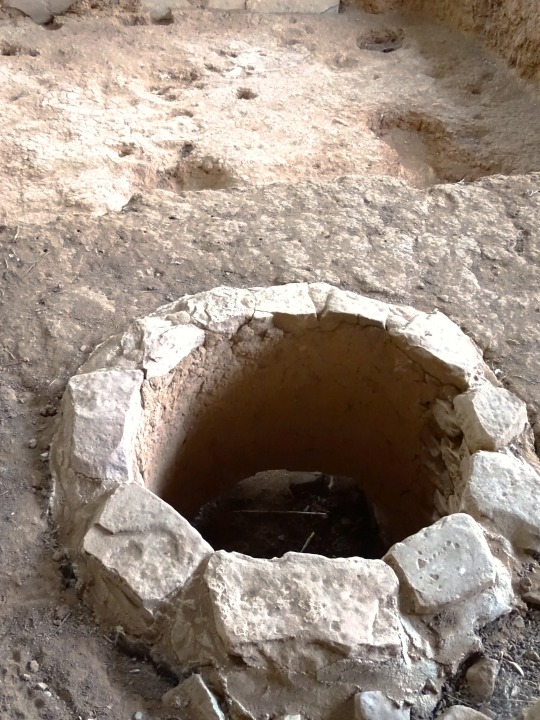


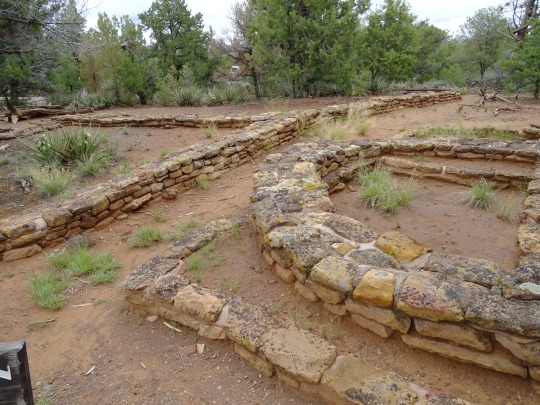
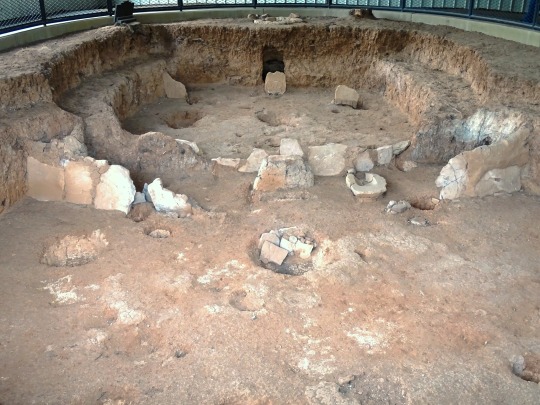
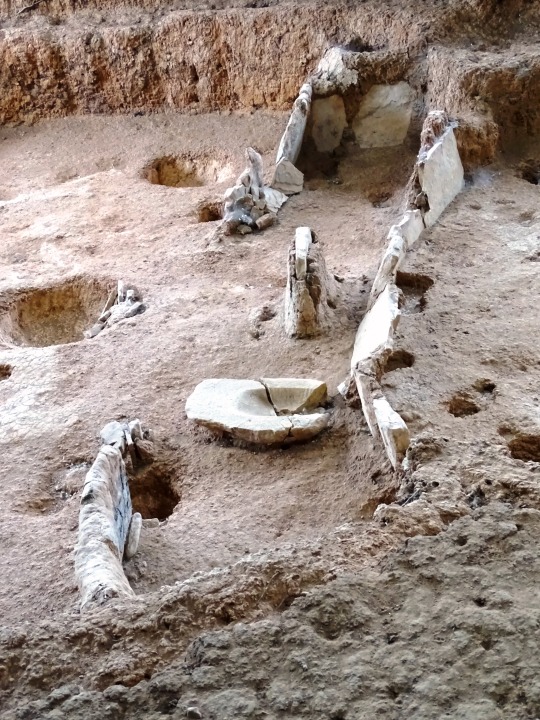


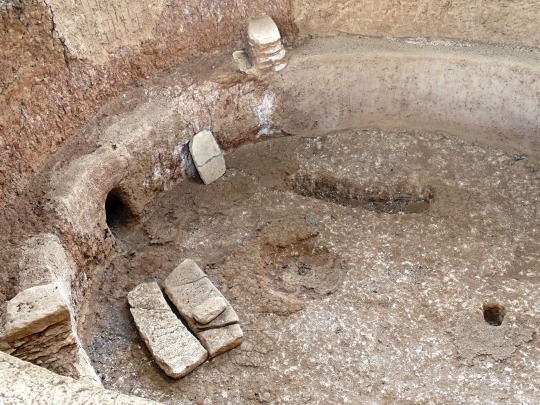
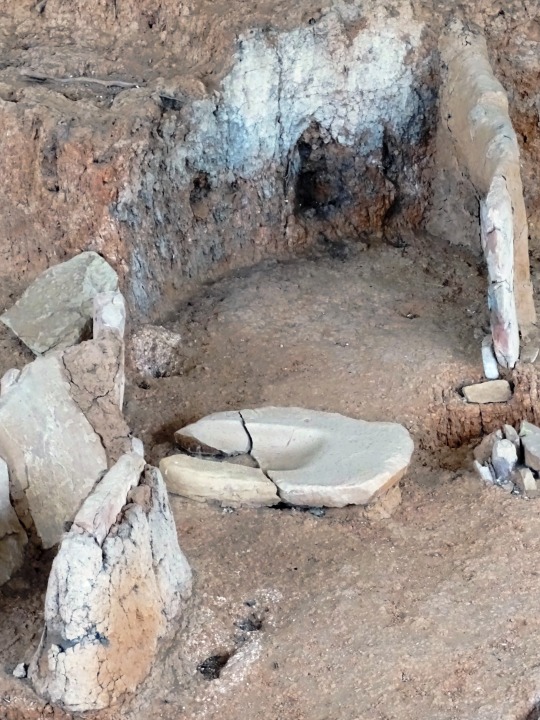
Mesa Verde National Park (No. 10)
With the introduction of corn to the Mesa Verde region c. 1000 BC and the trend away from nomadism toward permanent pithouse settlements, the Archaic Pueblonians transitioned into what archaeologists call the Basketmaker culture. Basketmaker II people are characterized by their combination of foraging and farming skills, use of the atlatl, and creation of finely woven baskets in the absence of earthen pottery. By 300, corn had become the preeminent staple of the Basketmaker II people's diet, which relied less and less on wild food sources and more on domesticated crops.
In addition to the fine basketry for which they were named, Basketmaker II people fashioned a variety of household items from plant and animal materials, including sandals, robes, pouches, mats, and blankets. They also made clay pipes and gaming pieces. Basketmaker men were relatively short and muscular, averaging less than 5.5 feet (1.7 m) tall. Their skeletal remains reveal signs of hard labor and extensive travel, including degenerative joint disease, healed fractures, and moderate anemia associated with iron deficiency. They buried their dead near or amongst their settlements, and often included luxury items as gifts, which might indicate differences in relative social status. Basketmaker II people are also known for their distinctive rock art, which can be found throughout Mesa Verde. They depicted animals and people, in both abstract and realistic forms, in single works and more elaborate panels. A common subject was the hunchbacked flute player that the Hopi call Kokopelli.
Source: Wikipedia
#Badger House Community#Wetherill Mesa#antechamber#pithouse#semi-subterranean home#Mesa Verde National Park#UNESCO World Heritage Site#Paleo-Americans#Mountain West Region#ancestral puebloan archaeological site#Montezuma County#Native American history#archaeology#ruins#tourist attraction#landmark#travel#vacation#summer 2022#Colorado#USA#original photography#flora#landscape#countryside
107 notes
·
View notes
Text

#horizon forbidden west#horizon zero dawn#Nil#aloy horizon#nil horizon#Aloy#look my guy#my bestie#yalls aloy might be forgiving but mine committed so mhny murders#i forgive nil for the mesa hush#they totally made up immediately afterwards
22 notes
·
View notes
Text
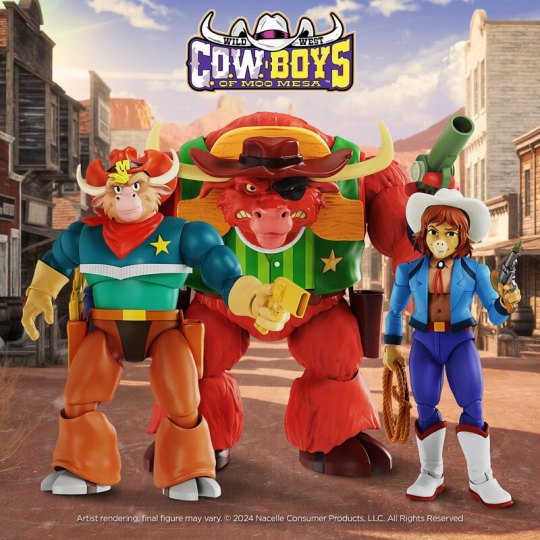
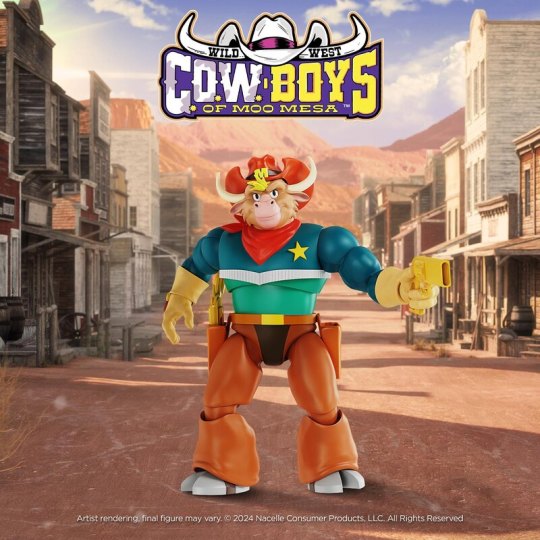


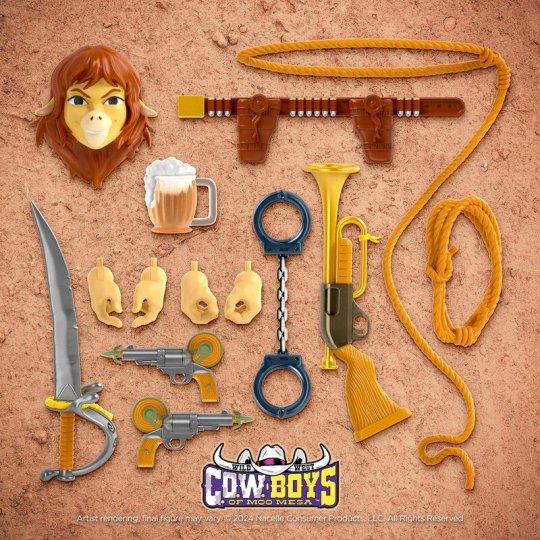

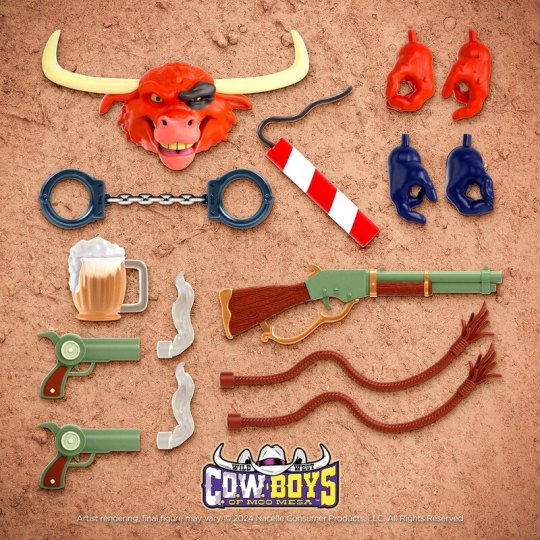
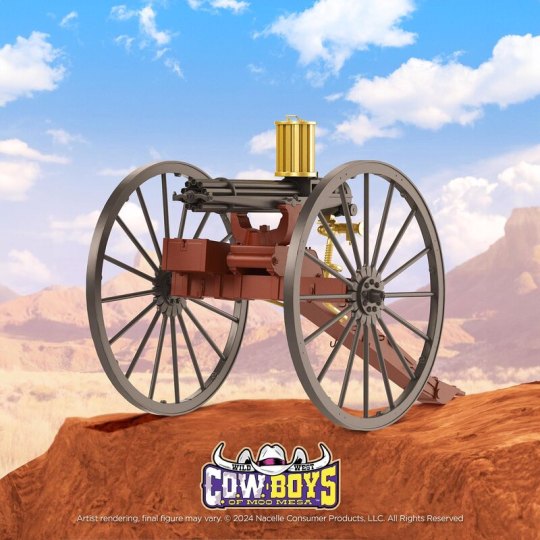
C.O.W.-Boys of Moo Mesa Figures From The Nacelle Company
#Wild West C.O.W.-Boys of Moo Mesa#Marshal Moo Montana#Cowlamity Kate Cudster#Sheriff Terrorbull#1990's#90's#action figures#toys#animation#cartoons#TV#The Nacelle Company#TMNT#teenage mutant ninja turtles
20 notes
·
View notes
Text



Pronghorn Buck in front of two different Mesas
#nature#nature photography#photography#wildlife photography#photographers on tumblr#cute#cute wildlife#pronghorn#wild west#mesa#prairie land#prairie#pronghorn buck#antilocapridae
10 notes
·
View notes
Text

I recently discovered Wild West: C.O.W. Boys of Moo Mesa, and I love these cowboy cow boys.
This show has got all the charm and rediculousness of other 90s cartoons. All the episodes are actually on YouTube if you want to watch it. Also, the opening slaps.
-
#fanart#my art#wild west cow boys of moo mesa#marshallmoomontana#thecowloradokid#dakotadude#thank you travis for abnimals and by extension my exposure to this wonderful show
18 notes
·
View notes
Text
Haven't introduced this guy here, but I thought I might do so because he's been on my mind lately.

Meet Cam Collingwood! He's an OC for this obscure TV series, and thanks to him, I also learnt a lot about the historical Old West, which was... quite unlike what those movies did state. He's basically this smug part-time sheriff who's surprisingly dedicated to his job despite his laid-back personality. However, his existence is frowned upon in most communities besides his hometown due to how his species is seen as "cunning and deceitful" even though this is just based on legends and myths. He... also used to be a gang member, but he temporarily forgot about all about it. Temporarily.
Yes, I'm obsessed with ivory-billed woodpeckers, how did you know? He and his main companion, who I will reveal at a later date, are both based on North American extinct birds that used to exist during the 1800s.

(this image isn't related to the post btw)
#cowboy oc#bird character#bird oc#extinct birds#anthro bird#avian anthro#ivory billed woodpecker#wild west cowboys of moo mesa#moo mesa#wild west#watercolor art
4 notes
·
View notes
Text
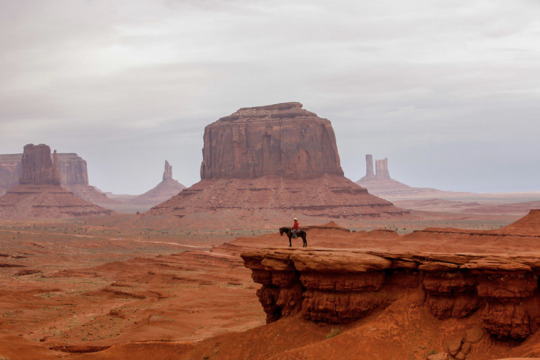
Terry Jackson
45 notes
·
View notes
Text

Kokernot Mesa, Highway 118
Brewster County, Texas
#photography#life#mental health#original photographers#nature#on the road#texas#west texas#home#kokernot mesa#plateau#landscape photography#road trip
92 notes
·
View notes
Video
Guest Viewings of Chaco Culture National Historical Park by Mark Stevens Via Flickr: A setting looking to the east while taking in view across the Chaco Culture National Historical Park landscape present to my front. In composing this image, I took advantage of some high ground. I was located on an angled my Nikon SLR camera, so that I could create more of a sweeping view, leading off into the horizon. I wanted to keep a balance between the blue skies and clouds above with the earth-tones in the lower portion of the image. I felt there was a color contrast that seemed to complement the entirety of the image.
#Ancestral Puebloans#Azimuth 92#Blue Skies#Blue Skies with Clouds#Chaco Culture National Historical Park#Chacoan Culture#Cliff#Cliff Face#Cliff Wall#Cliffs#Colorado Plateau#Day 2#Desert Landscape#Desert Mountain Landscape#Desert Plant Life#DxO PhotoLab 7 Edited#Intermountain West#Landscape#Landscape - Scenery#Looking East#Mesa#Nature#New Mexico and Mesa Verde National Park#Nikon D850#No People#Outside#Partly Cloudy#Partly Sunny#Portfolio#Pre-Columbian Cultural
3 notes
·
View notes
Text


Bovine figure of the day: The Nacelle Company "Marshal Moo Montana"
#the nacelle company#wild west c.o.w.-boys of moo mesa#bovine figure of the day#cattle#generic cattle
20 notes
·
View notes
Text

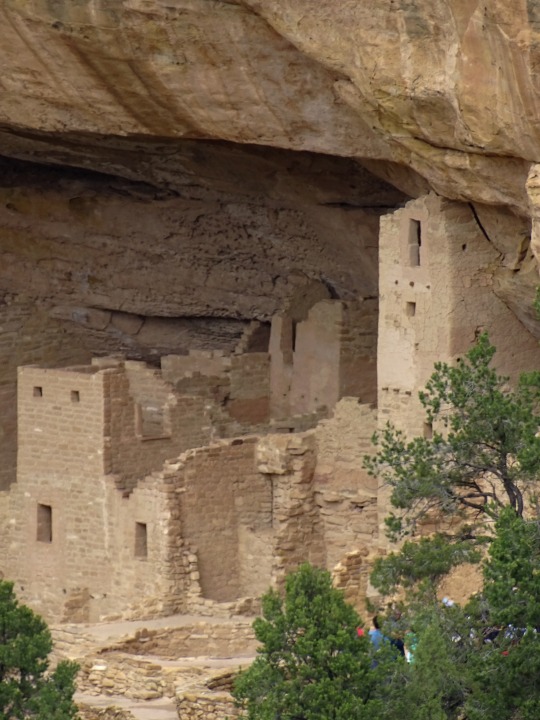
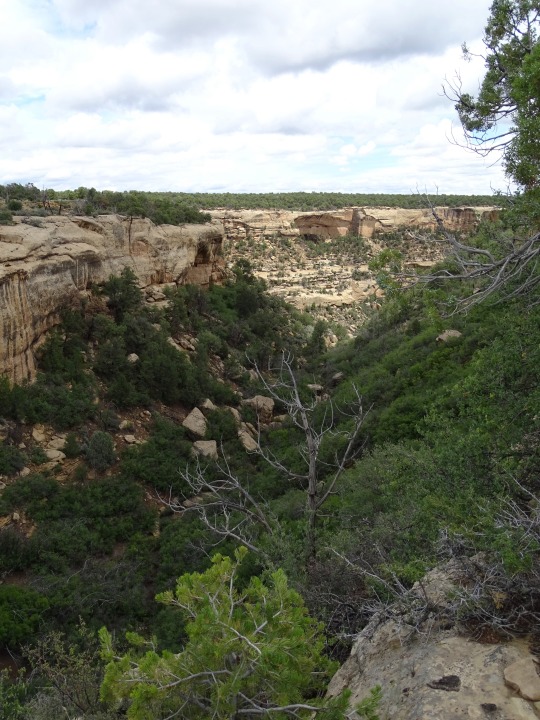

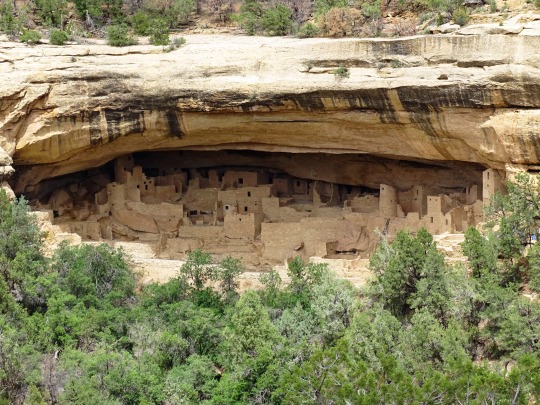



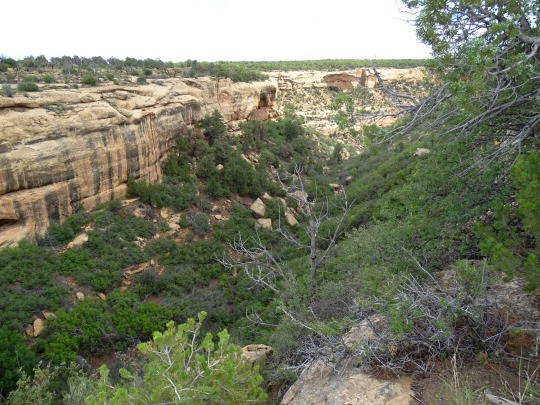
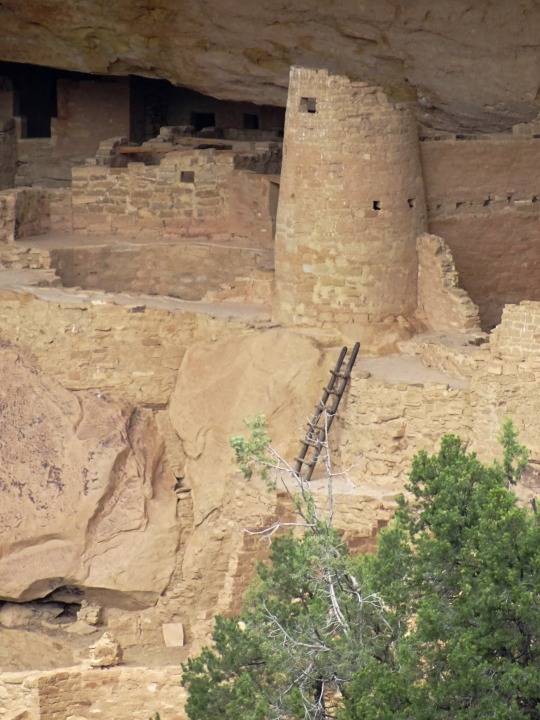
Mesa Verde National Park (No. 21)
The Cliff Palace Overlook is the first stop 6-mile (10 km) Cliff Palace Loop Road. Recent studies reveal that Cliff Palace contained 150 rooms and 23 kivas and had a population of approximately 100 people. Out of the nearly 600 cliff dwellings concentrated within the boundaries of the park, 75% contain only 1-5 rooms each, and many are single room storage units. If you visit the Cliff Palace overlook you will view an exceptionally large dwelling which may have had special significance to the original occupants. It is thought that Cliff Palace was a social, administrative site with high ceremonial usage.
Recent studies reveal that Cliff Palace contained 150 rooms and 23 kivas and had a population of approximately 100 people. Out of the nearly 600 cliff dwellings concentrated within the boundaries of the park, 75% contain only 1-5 rooms each, and many are single room storage units. If you visit Cliff Palace you will enter an exceptionally large dwelling which may have had special significance to the original occupants. It is thought that Cliff Palace was a social, administrative site with high ceremonial usage.
Source
#Mesa Verde National Park#Cliff Palace#Ancestral Puebloans#Montezuma County#Native American history#Mountain West Region#archaeolog#travel#original photography#vacation#tourist attraction#landmark#architecture#landscape#summer 2022#Colorado#USA#ruins#geology#flora#nature#desert varnish
130 notes
·
View notes
